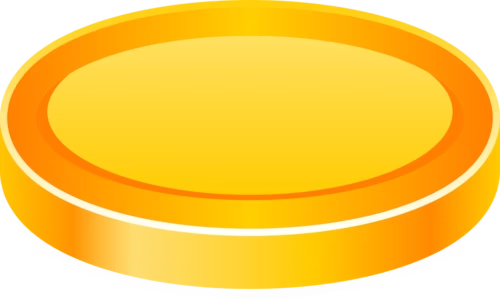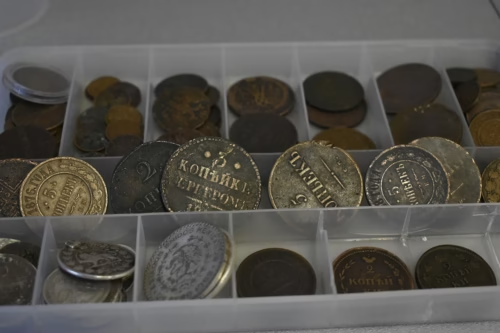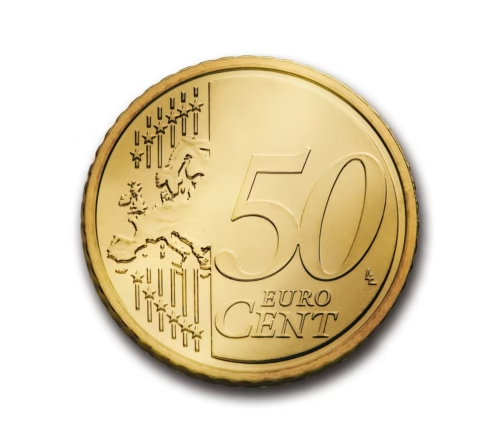What draws an individual to the world of numismatics, the intricate and fascinating field of currency collection? Perhaps it’s the allure of holding a tangible piece of history or the thrill of discovering coins with significant historical and cultural narratives. To truly understand the depth and significance of numismatics, one must delve into its multi-faceted nature.
Table of Contents
Understanding Numismatics
What is Numismatics?
At its core, numismatics is the study or collection of currencies, including coins, tokens, paper money, and related objects. Beyond mere collection, numismatics encompasses the research and scholarly analysis of the historical, cultural, and economic contexts of these currencies. This often involves examining inscriptions, symbols, materials, and production techniques.
Historical Context of Numismatics
The history of numismatics is almost as old as currency itself. Dating back to ancient civilizations, individuals collected coins not merely for their monetary value but also for their artistic and historical significance. This practice gained prominence during the Renaissance when a renewed interest in classical antiquity spurred more systematic study and collection of ancient coins.
Importance in Modern Culture
In today’s context, numismatics serves not only as a hobby but also as an academic discipline that can shed light on socio-economic trends and historical events. With the advent of digital currencies and decreasing physical cash use, numismatics captures an era that might soon transition into the past.
Key Concepts and Definitions
Collecting vs. Studying
While often used interchangeably, collecting coins and studying them represent different aspects of numismatics. Collectors are predominantly interested in the aesthetic and rarity aspects, whereas numismatists delve into research, historical accuracy, and context.
Terminologies in Numismatics
A newcomer to numismatics might find themselves inundated with terms such as “obverse” (the front side of a coin), “reverse” (the back side), and “mintage” (the process of producing coins). Understanding these can greatly enhance one’s appreciation and knowledge of each coin.
Categorization of Coins
Numismatics categorizes coins based on various parameters such as period, region, and issuing authority. For instance, ancient, medieval, and modern coinages offer insights into different historical periods and economic systems.

Nuances Through Case Studies
Case Study 1: Ancient Roman Coins
The intricate stories told by ancient Roman coins illustrate not only a change in rulers but the empire’s expansion and contraction. Numismatists might analyze the depiction of emperors as a reflection of their reigns, agendas, and societal values.
Case Study 2: American Civil War Tokens
During the American Civil War, coin shortages led to the creation of private mint tokens. These served as currency substitutes, reflecting local economic responses to national crises, providing a unique lens into civilian resilience and innovation during wartime.
Comparing Frameworks and Perspectives
The field of numismatics allows exploration from different academic and personal viewpoints. History enthusiasts might gravitate towards ancient coins for their narrative-rich contexts, while economists might analyze coinage for insights into monetary policies.
| Criteria | Economic Perspective | Historical Perspective | Collectors’ Perspective |
|---|---|---|---|
| Motivation | Understanding fiscal policies | Learning historical narratives | Acquisition of rare or artistic pieces |
| Focus | Coinage system changes | Political and cultural significance | Aesthetic value and rarity |
| Methodology | Statistical analysis | Historical context | Market trends and auction results |
| Outcome | economic models and theories | enriched historical comprehension | personal collection growth |

Impact and Implications
Economic Impact
The economic implications of numismatics can be wide-ranging. Studying historical coins provides insights into inflationary patterns, currency devaluation, and monetary evolution over time. This can inform current economic theories and policies.
Cultural Relevance
Numismatics captures cultural evolution, offering insights into art, language, and religion through coin designs and inscriptions. These aspects can enhance an individual’s understanding of a civilization’s values and priorities.
Future Directions and Implications
Predictions for Numismatics
With technological advancements, numismatics might see an increase in digital archives and virtual exhibitions, making it more accessible globally. The emergence of blockchain technology could redefine provenance and authentication of rare coins.
Societal Implications
Numismatics holds a mirror to societal changes — from barter systems to modern-day financial infrastructures. Understanding these transitions helps forecast future monetary trends, potentially affecting how societies save, trade, and value currencies.

Conclusion
To summarize, numismatics is a rich and multifaceted field that extends beyond mere collection to include deep historical, economic, and cultural insights. Whether the focus is on the artistic allure of ancient coins or the economic narratives they hold, numismatics provides an invaluable lens into human civilization. As one explores this intricate subject, the journey often reveals more than mere currencies; it unveils the very fabric of past societies and, possibly, the future trajectory of financial systems. What are the coins or currencies that resonate with you personally, and what stories might they tell?

